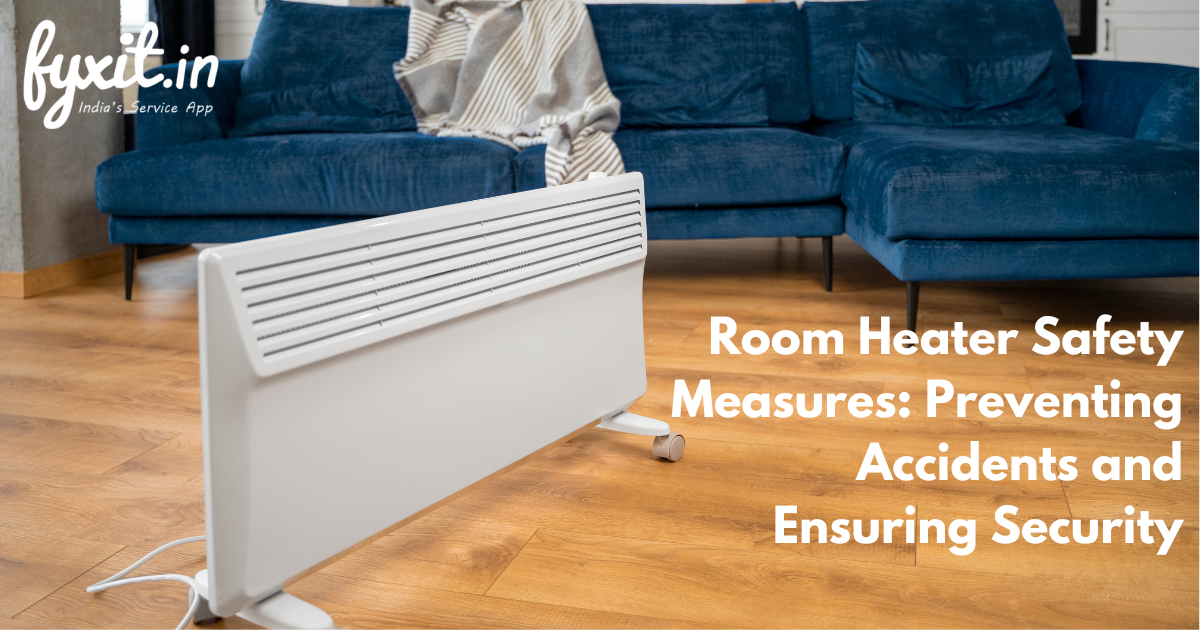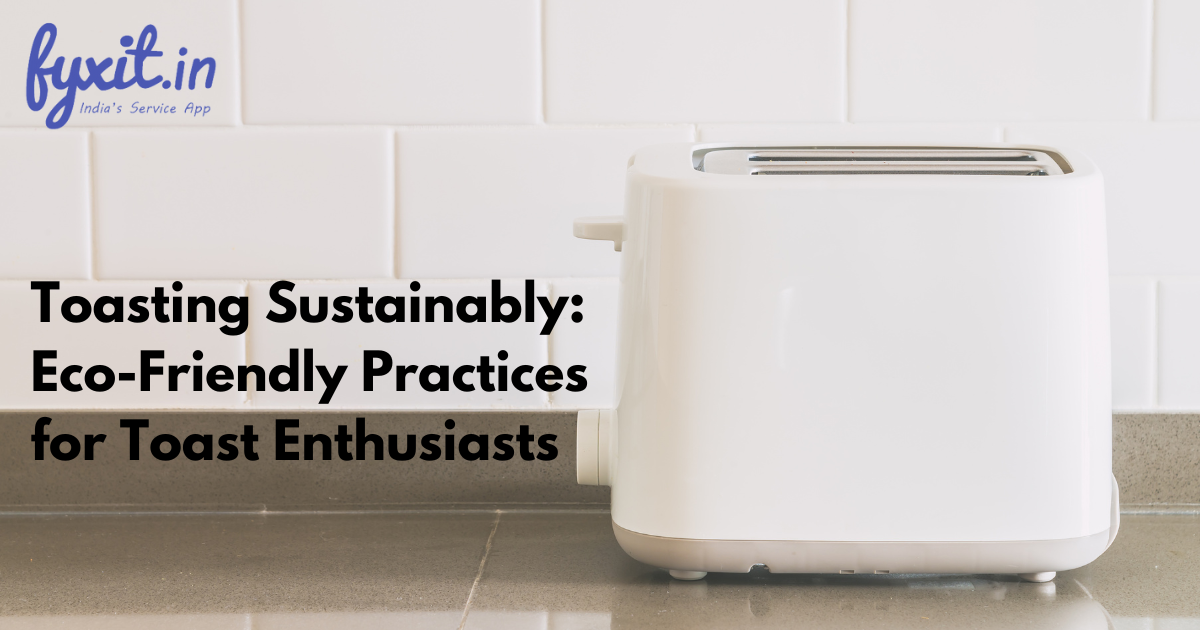Coffee has become an integral part of daily life for many people around the world. According to the International Coffee Organization, people consume more than 1.4 billion cups of coffee every day. However, not many people are aware of the science behind brewing the perfect cup of coffee. Coffee makers, also known as coffee machines, come in various types and models, and they use different methods to brew coffee.
Brewing Process
The brewing process is the most crucial factor that determines the quality of the coffee. Coffee makers work by mixing hot water with coffee grounds to extract the flavor and aroma. The brewing process involves several chemical reactions that extract the desirable compounds from the coffee beans.
The first step in the brewing process is grinding the coffee beans. The coffee beans are ground into small particles to increase the surface area, allowing for better extraction of the coffee’s flavor and aroma. The size of the particles varies depending on the type of coffee maker used. For example, espresso machines require finely ground coffee beans, while drip coffee makers require medium-coarse grounds.
The next step is to add the ground coffee to the coffee maker’s basket or filter. The amount of coffee used varies depending on the desired strength of the coffee. Most coffee makers come with measuring cups that help users measure the right amount of coffee.
The water used in the brewing process is also crucial. It should be clean, fresh, and free of impurities. The water temperature is also important. Ideal water temperature range for heating is between 195 to 205 degrees Fahrenheit (90 to 96 degrees Celsius). If the water is too cold, it will not extract the coffee’s flavors and aroma properly. If the water is too hot, it will extract the undesirable compounds from the coffee, resulting in a bitter taste.
After reaching the right temperature, pour the water over the coffee grounds in the basket or filter. The water extracts the soluble compounds from the coffee, such as caffeine and flavor compounds, and drips through the basket or filter into the coffee pot or cup.
Coffee Makers and their Components
Coffee makers come in different types, shapes, and sizes. Some of the most common types of coffee makers include drip coffee makers, espresso machines, French presses, and percolators. Each type of coffee maker has its unique features and components.
Drip Coffee Makers
Drip coffee makers are the most common type of coffee makers used in homes and offices. They are designed to brew coffee by pouring hot water over ground coffee beans in a filter. Drip coffee makers consist of a water reservoir, a heating element, a basket for holding the coffee filter, and a carafe for collecting the brewed coffee.
When you turn on a drip coffee maker, the heating element heats up the water in the reservoir until it reaches boiling point. The water then travels through a tube to the coffee basket, where it drips over the ground coffee beans. The hot water extracts the soluble compounds and oils from the coffee beans, which then drip into the carafe.
Espresso Machines
Espresso machines are designed to brew coffee using high pressure. They are often used in coffee shops and restaurants to make espresso shots, cappuccinos, and lattes. Espresso machines consist of a water reservoir, a pump, a boiler, a portafilter, and a steam wand.
When you turn on an espresso machine, the pump draws water from the reservoir and pushes it through the boiler, where it is heated to a high temperature. The portafilter, which contains finely ground coffee beans, then forces the hot water through it. The high pressure extracts the soluble compounds and oils from the coffee beans, creating a concentrated shot of espresso.
French Presses
French presses are a manual method of making coffee. They consist of a cylindrical glass or stainless-steel container with a plunger and a metal or nylon mesh filter. French presses work by steeping ground coffee beans in hot water and then separating the coffee from the grounds using the plunger.
To use a French press, you need to add ground coffee beans to the container, pour hot water over the coffee, and let it steep for a few minutes. Then, you push down the plunger to separate the coffee from the grounds, and the brewed coffee is ready to serve.
Percolators
Percolators are an old-fashioned method of making coffee that involve boiling water to brew coffee. They consist of a pot with a vertical tube, a basket for holding the coffee grounds, and a perforated chamber for collecting the brewed coffee.
To use a percolator, you need to fill the pot with water and add ground coffee to the basket. When you heat the pot, the water boils and rises up the vertical tube, then it falls back onto the coffee grounds. The process repeats several times, allowing the hot water to extract the soluble compounds and oils from the coffee beans. The brewed coffee collects in the perforated chamber, ready to serve.
Understanding the science behind the perfect cup of coffee can greatly enhance your coffee-making experience. By understanding the key components of coffee makers and how they work together, you can make informed decisions about the type of coffee maker that best suits your needs and preferences. Whether you prefer a simple drip coffee maker or a more complex espresso machine, knowing the science behind it all can help you achieve that perfect cup of coffee every time. So, next time you make your morning brew, take a moment to appreciate the fascinating science at work in your coffee maker.








